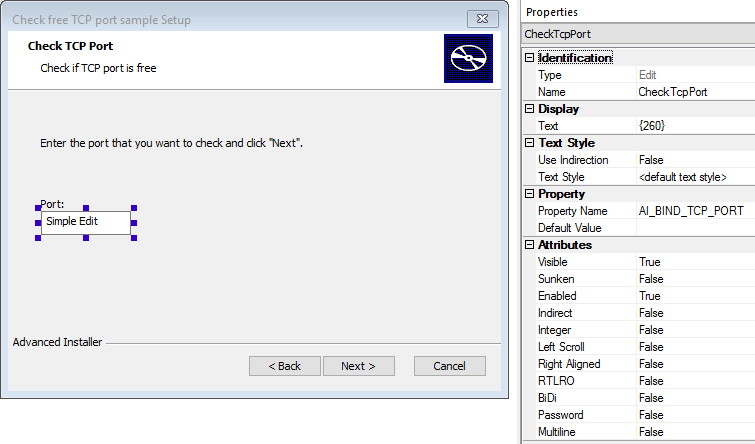


While I was pretty excited to see that the command line parameters were parsed and stored into this internal collection, I had no idea how to get at the data after that point. M圜ustomParameter=one MyOtherCustomParameter=two To generate the data in the above screen, I used this command line: 1: Some of the properties that you have access to from a custom action. You can get a list of the contents of this collection by running any MSI file, and specifying the /l* parameter.įig. This collection also houses the well known parameters such as TARGETDIR, and others. The trick to the solution is that the command line parameters are added to a special collection inside the guts of the setup framework. I'm going to lightly cover adding the custom action, but I'm going to focus on passing the command line parameters to the custom action, and managing the data through to the uninstallation of the application. There are loads of articles out on the internet that show you how to create custom actions that your setup package can run to show custom dialogs, and perform other types of actions during an installation. There were several stumpers that I encountered while working on this solution, which instantly got my documentation juices flowing, so now it's article time! The Solution Running MSIEXEC, and passing command line parameters.Running the MSI file, and passing command line parameters.Running the setup.exe file, and passing command line parameters.



 0 kommentar(er)
0 kommentar(er)
